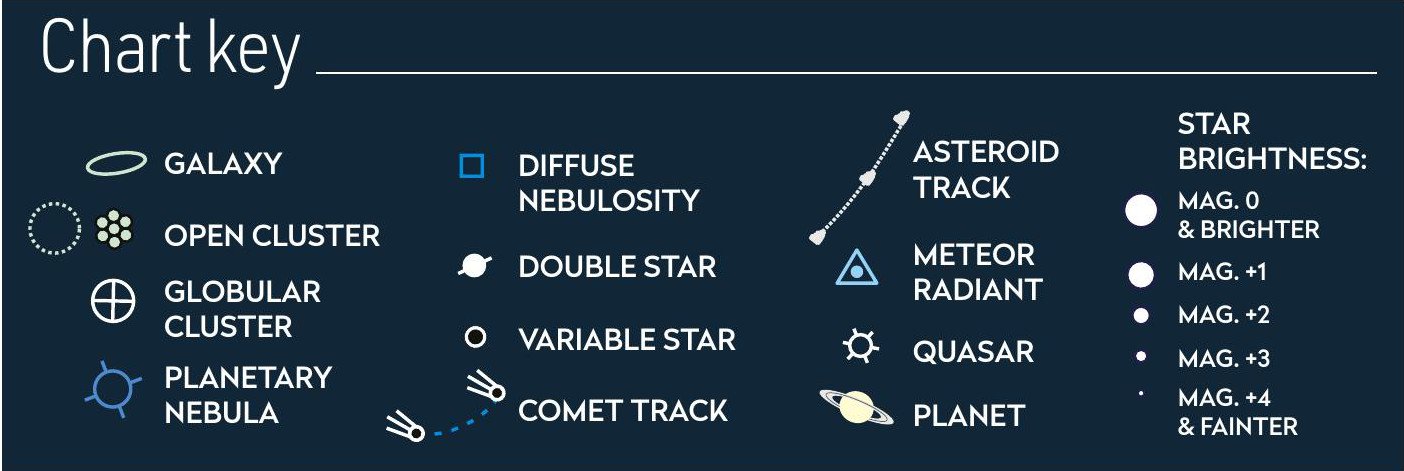Eyes peeled for the colourful, elusive Gamma Normids, and discover stunning targets in Cancer


When to use this chart
1 March at 00:00 AEDT (13:00 UT)
15 March at 23:00 AEDT (12:00 UT)
31 March at 22:00 AEDT (11:00 UT)
The chart accurately matches the sky on the dates and times shown for Sydney, Australia. The sky is different at other times as the stars crossing it set four minutes earlier each night.
MARCH HIGHLIGHTS
Recommended equipment: Naked eye
There are only a few known meteor showers exclusive to the Southern Hemisphere. One is the Gamma Normids, active between 25 February and 28 March, and peaking around 15 March. Even at maximum only a few meteors are seen per hour, but their colour – white, yellow, and orange with some leaving trains – make the wait worthwhile, and their brightness helps overcome the unfortunate presence of the third quarter Moon in the morning sky during this year’s peak.
THE PLANETS
Recommended equipment: Naked eye
The first week of March sees brilliant Jupiter and Venus together low in the early twilight western sky. They soon separate, with Jupiter dropping towards the Sun as much brighter Venus slowly rises. Uranus spends the month dropping towards Venus, coming within 1.4° on 31 March before leaving the evening sky. Mars spends March in the northwest, departing around 23:00. Saturn appears out of the Sun’s glow, rising about two hours before dawn by month’s end.
STARS AND CONSTELLATIONS
Recommended equipment: Naked eye
High in the southern evening sky is the ship Argo, of Jason and the Argonauts fame. Today, it has been broken up into the constellations Puppis (deck), Vela (sails) and Carina (keel), linked by the False Cross asterism. From northern latitudes all that is visible are the sails, even at maximum altitude; the rest of the ship is below the horizon. Earth’s precession caused this ‘sinking’ – around 3,500 years ago the entire ship clearly sailed the Middle Eastern horizon.
DEEP–SKY OBJECTS
Recommended equipment: Small/medium telescope
This month we take a trip to the constellation of Cancer. The bottom star of the Crab’s main Y-shaped asterism of stars is 4th-magnitude Iota (ι) Cancri. Although an impressive double star itself, our target lies 4° to the west. Phi1(φ1) Cancri (RA 4h 20.0m, dec. -54° 56’) is a nice yellow-coloured mag. +5.5 star which contrasts well with its white companion Phi2 (φ2), located 1° above (south). Phi2 is a truly magnificent double with matching mag. +6.2 white stars, separated by 5 arcseconds, looking like car headlights.
Recommended equipment: Large telescope
Next up, a jump to the southern end of Cancer, near the border with Hydra, to the impressive spiral NGC 2775 (RA 9h 10.3m, dec. +7° 02’). At mag. +10.2, this galaxy has an obvious, elongated core with a star-like nucleus. Its surrounding halo (3 x 2 arcminutes) is stunning, being bright with some minor mottling.